
Hockendes Weib: A Stone Sentinel
Discover the legendary Hockendes Weib, a striking rock formation in Ibbenbüren's Dörenther Klippen. Hike through stunning landscapes and immerse yourself in local folklore.
The Hockendes Weib (Crouching Woman) is a striking rock formation within the Dörenther Klippen, near Ibbenbüren. This natural monument, a sandstone formation shaped over millions of years, resembles a woman in a crouching position and is steeped in local legend. As the most famous rock within the Dörenther Klippen, it draws hikers and nature enthusiasts to explore the trails and enjoy panoramic views of the surrounding Münsterland. The Almhütte, a nearby alpine-style hut, offers refreshments and a viewing platform, making it a perfect spot to appreciate this geological wonder. The Dörenther Klippen and the Hockendes Weib are a must-see for anyone visiting the Teutoburg Forest.
A brief summary to Hockendes Weib
- Ibbenbüren, 49479, DE
Local tips
- Wear sturdy shoes for hiking the trails around the Dörenther Klippen, as some paths can be uneven and rocky.
- Visit the Almhütte near the Hockendes Weib for refreshments and panoramic views of the Münsterland.
- Explore the Hermannsweg hiking trail, which passes through the Dörenther Klippen, for a longer and more challenging hike.
- Check the weather forecast before your visit, as the trails can be slippery in wet conditions.
- Consider visiting during the off-season for a quieter and more peaceful experience.
Getting There
-
Driving
From Ibbenbüren city center, follow Münsterstraße (B219) south towards Saerbeck/Münster. After approximately 2 km, you'll see signs for 'Dörenther Klippen'. Turn left onto a smaller road following the signs. Continue until you reach the Wanderparkplatz Dörenther Klippen (Münsterstraße 419, 49479 Ibbenbüren). Parking is free. From the parking lot, it's a 10-15 minute walk to the Hockendes Weib.
-
Public Transport
From Ibbenbüren train station, take bus line R63 towards Riesenbeck or bus line S50 towards Münster. Get off at the 'Dörenther Berg' bus stop. From there, follow the signs for 'Dörenther Klippen' – it's approximately a 15-minute walk to the Hockendes Weib. A single bus fare within Ibbenbüren is approximately €2-€3. Alternatively, the 'ibbTicket' offers unlimited travel within Ibbenbüren for €0.65 per day.
-
Walking
If you are already near Dörenthe, follow Münsterstraße (B219). Look for signs indicating the direction of Dörenther Klippen. Once you spot the signs, follow the designated path towards the Dörenther Klippen. The walk from Dörenthe to the Hockendes Weib is approximately 1.5-2 km, following well-marked hiking trails.
Discover more about Hockendes Weib
Iconic landmarks you can’t miss
Hockendes Weib
0.0 km
Discover the legendary Hockendes Weib, a striking rock formation in Ibbenbüren's Dörenther Klippen. Hike through stunning landscapes and immerse yourself in local folklore.

Heger Tor
23.1 km
Experience the historical charm of Heger Tor in Osnabrück, a stunning gateway that connects the past with the vibrant present.
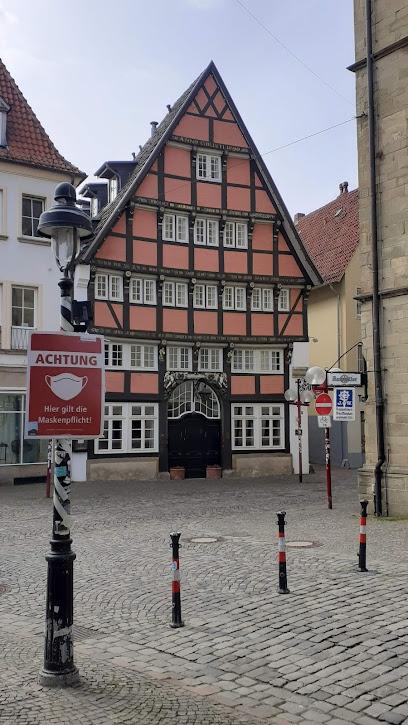
Missão Católica Portuguesa Osnabrück
23.4 km
Explore the tranquil Missão Católica Portuguesa in Osnabrück, a cultural and spiritual haven rich in Portuguese heritage.

Seminarkirche
23.5 km
Explore Seminarkirche in Osnabrück, a beautiful Catholic church offering stunning architecture and a peaceful atmosphere for visitors seeking tranquility.
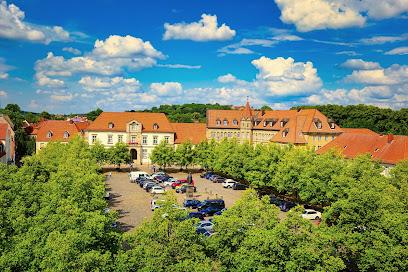
Vogelschutzgebiet 'Rieselfelder Münster'
24.1 km
Discover the serene beauty and diverse wildlife at Rieselfelder Münster, a nature preserve perfect for birdwatching and peaceful strolls.
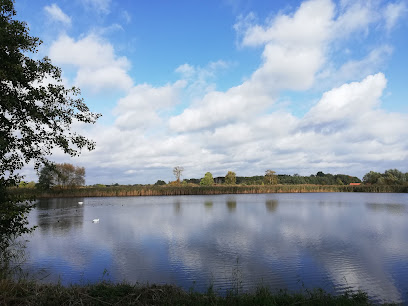
Bronzemodell des Schlosses und der Innenstadt
31.4 km
Explore the stunning Bronze Model of Münster Castle and City Center, a unique artistic representation showcasing the city's rich history and architectural beauty.

Wilsberg-Krimi
31.6 km
Explore the captivating world of Wilsberg-Krimi in Münster, where crime fiction meets stunning city views and rich cultural experiences.
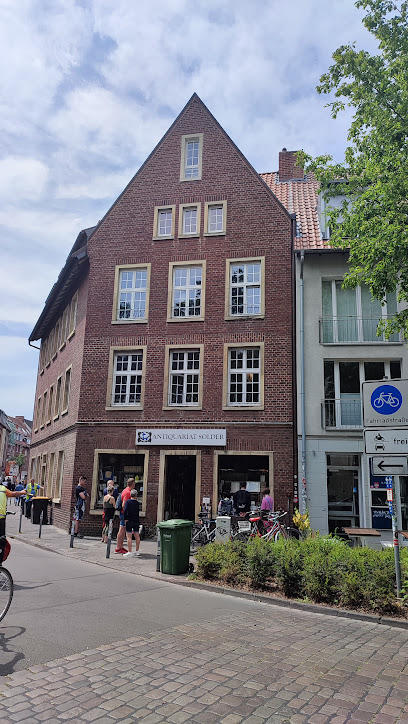
Bronzemodell der Nachkriegsinnenstadt
31.6 km
Discover the Bronze Model of Münster's Post-War City Center, a captivating sculpture that tells the story of resilience and renewal in the heart of the city.
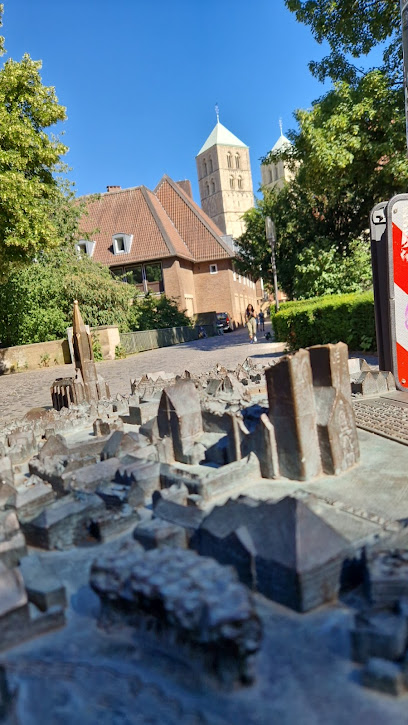
Immunitätsmauer Münster
31.7 km
Discover the rich history of Münster at the Immunitätsmauer, an iconic landmark that encapsulates the city's medieval heritage and cultural significance.
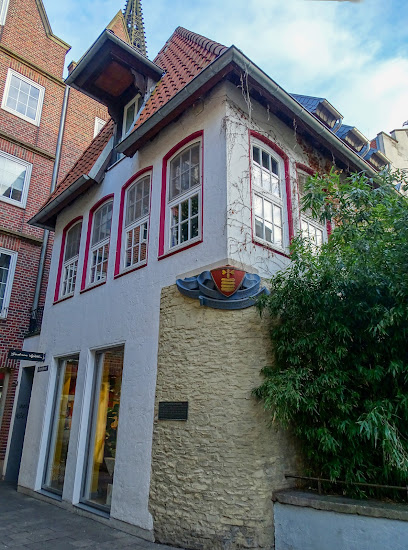
Domverwaltung
31.7 km
Discover the architectural beauty and spiritual serenity of Münster's Domverwaltung, a must-see Catholic church steeped in history and culture.

Domplatz
31.7 km
Explore the vibrant Domplatz in Münster, where history meets modernity in a lively town square full of culture, cafes, and community events.

k3 stadtführungen Münster
31.7 km
Explore the rich culture and history of Münster with expert-guided tours from K3 Stadtführungen, revealing the city's hidden gems and iconic landmarks.

Stadthausturm, Münster
31.8 km
Discover the Stadthausturm in Münster, a historical landmark that combines rich heritage with stunning architecture in the heart of the city.
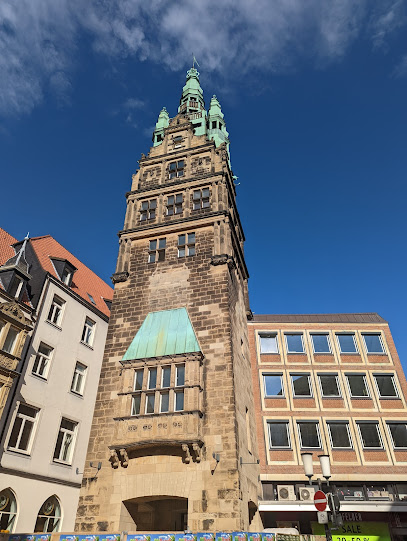
Rathausplatz Münster
31.9 km
Explore the vibrant Rathausplatz Münster, a historical square filled with stunning architecture, local shops, and delightful cafes in the heart of the city.
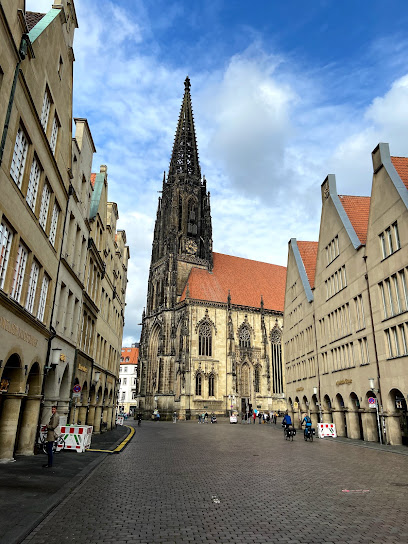
Picassoplatz
32.0 km
Discover the vibrant Picassoplatz in Münster, a charming town square filled with art, culture, and lively community life, perfect for tourists looking to explore.

Unmissable attractions to see
Jakobikirche
18.3 km
Discover the enchanting Jakobikirche in Rheine, a stunning Evangelical church renowned for its beautiful architecture and peaceful atmosphere.
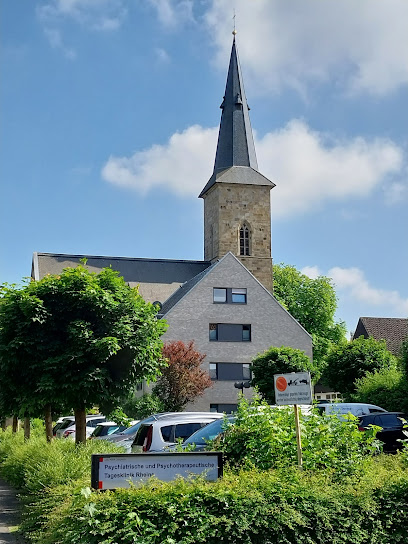
Nepomukbrücke
18.4 km
Discover the beauty and history of Nepomukbrücke, a stunning bridge in Rheine, Germany, perfect for leisurely strolls and breathtaking views.
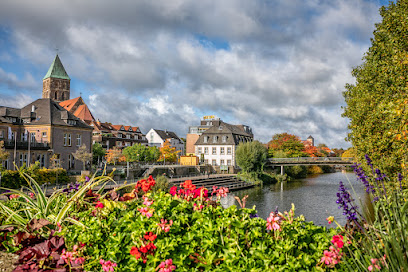
Barönchen, Geburtshaus von Carl Weddige, Genremaler
18.4 km
Explore Barönchen, the historic birthplace of Carl Weddige, and immerse yourself in Rheine's vibrant artistic heritage and charming local culture.
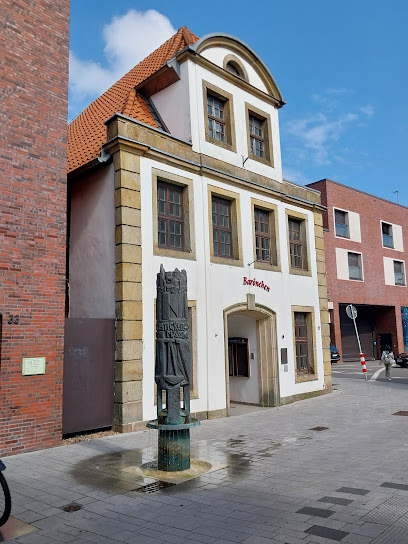
Beilmannsches Haus
18.6 km
Explore Beilmannsches Haus in Rheine, a historical landmark showcasing rich heritage and charming architecture amidst a vibrant marketplace.
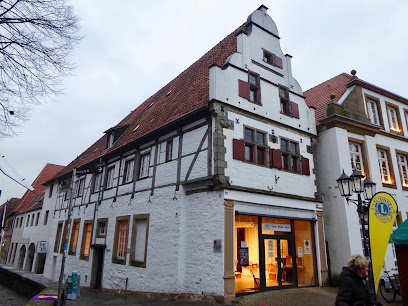
Falkenhof-Museum
18.7 km
Discover the rich cultural heritage of Rheine at Falkenhof-Museum, where history comes alive through engaging exhibits and charming surroundings.

Felix Nussbaum Foundation
23.0 km
Discover the Felix Nussbaum Foundation in Osnabrück: A compelling journey through art and history that honors the legacy of a Holocaust survivor.
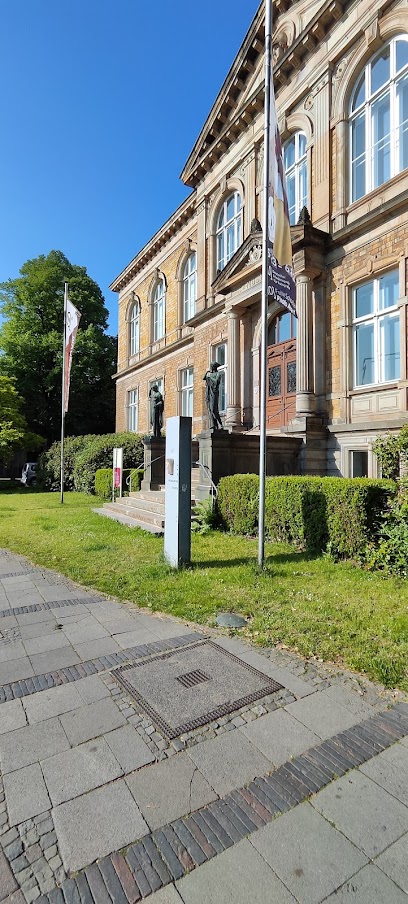
Felix Nussbaum House / Museum of Cultural History
23.0 km
Discover the profound art and poignant history at the Felix Nussbaum House in Osnabrück, a tribute to creativity amidst adversity.
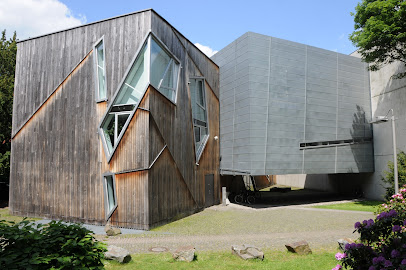
Hegertor
23.0 km
Discover the profound history and architectural beauty of Hegertor, a striking war memorial and key tourist attraction in Osnabrück.
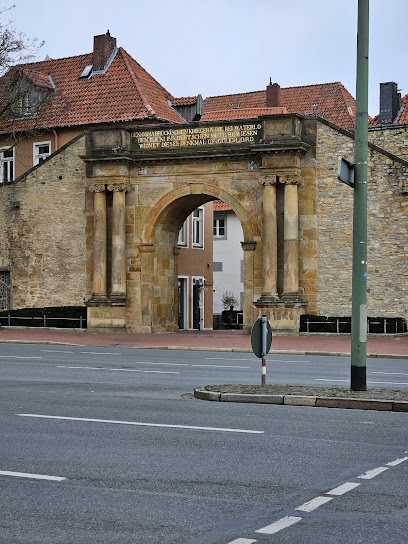
Bucksturm
23.0 km
Discover Bucksturm, a historical landmark in Osnabrück showcasing the city's rich heritage and medieval charm, perfect for travelers and history enthusiasts.
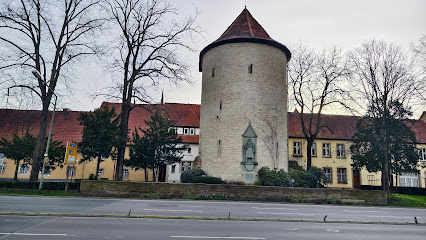
Kunsthalle Osnabrück
23.1 km
Discover the rich artistic heritage at Kunsthalle Osnabrück, Germany's vibrant art museum featuring contemporary and historical masterpieces.
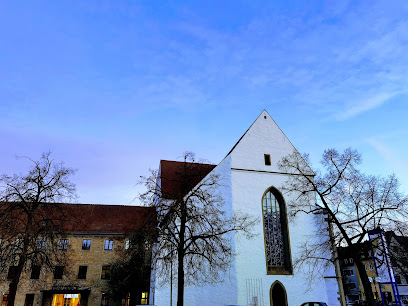
Lutheran. Kirchengemeinde St. Marien
23.1 km
Explore the architectural beauty and serene atmosphere of Lutheran Kirchengemeinde St. Marien, a historic Evangelical church in Osnabrück.
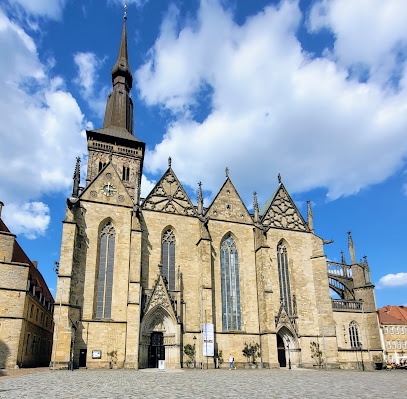
Historic City Hall Osnabrück
23.2 km
Explore the Historic City Hall of Osnabrück, a stunning Gothic architectural gem and a key site in the city's rich historical narrative.

Marktplatz
23.2 km
Discover the vibrant heart of Osnabrück at Marktplatz, where history, culture, and local life come together in a picturesque town square.
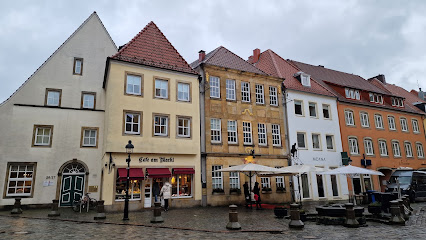
Marktplatz Osnabrück, Rathausplatz
23.2 km
Experience the heart of Osnabrück at Marktplatz, a vibrant market square rich in history, culture, and local flavors.
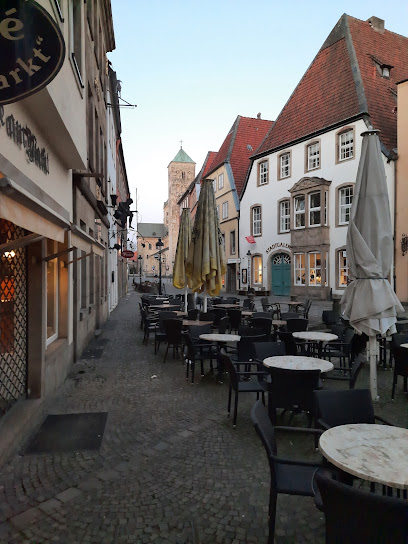
Bürgerbrunnen, Osnabrück - Hans Gerd Ruwe (1985)
23.2 km
Explore Osnabrück's Bürgerbrunnen – a stunning fountain and statue by Hans Gerd Ruwe, where art meets community in the heart of the city.
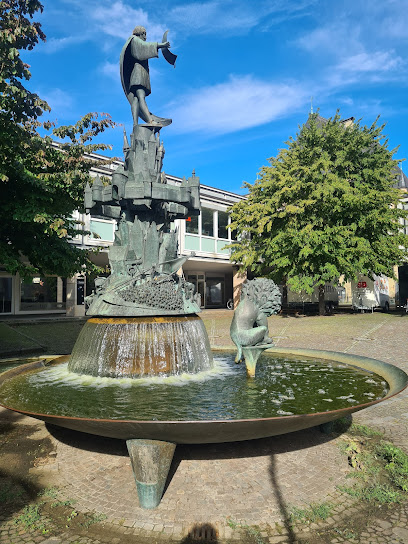
Essential places to dine
Restaurant Beesten
19.3 km
Experience exquisite dining at Restaurant Beesten in Rheine, where local flavors meet contemporary culinary artistry.
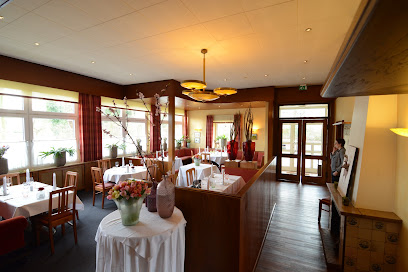
Zum Uhlenhook
21.5 km
Experience authentic German cuisine at Zum Uhlenhook in Rheine - where tradition meets innovation in every delicious bite.
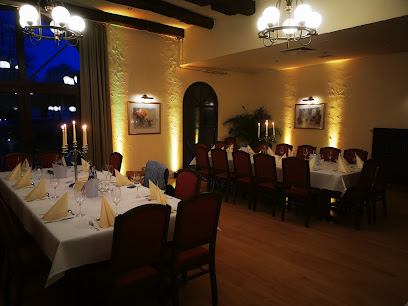
Von Rhemen
29.6 km
Experience authentic German cuisine at Von Rhemen in Münster, where every dish tells a story of tradition and flavor.

Der Silberne Löffel (Il Cucchiaio d
30.4 km
Experience authentic Italian cuisine at Der Silberne Löffel in Münster, where every dish tells a story of tradition and flavor.

Currycult
30.4 km
Experience the ultimate curry adventure at Currycult in Münster, where traditional flavors meet modern culinary creativity.
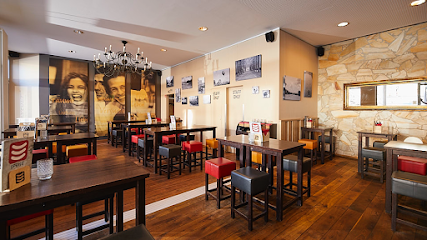
Villa Medici
30.7 km
Discover authentic Italian flavors at Villa Medici in Münster - where every meal is a celebration of culinary tradition.
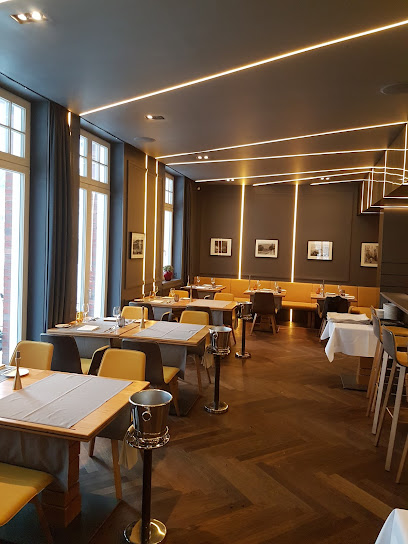
BOK Brust oder Keule
30.8 km
Discover the culinary excellence at BOK Brust oder Keule - where fine dining meets German tradition in the heart of Münster.

Nordstern Restaurant
30.9 km
Discover delightful flavors at Nordstern Restaurant in Münster's Kreuzviertel - where tradition meets innovation in every bite.
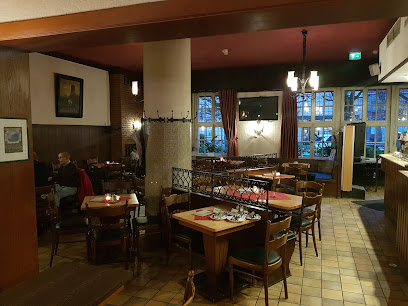
Restaurant Die Glocke
30.9 km
Experience authentic German cuisine in a cozy atmosphere at Restaurant Die Glocke in Münster's Kreuzviertel district.

Les Cèdres
31.0 km
Experience authentic Lebanese flavors at Les Cèdres in Münster - where every dish is a journey into Middle Eastern culinary tradition.

Phoenicia
31.1 km
Discover the vibrant flavors of Lebanon at Phoenicia in Münster – an unforgettable culinary experience awaits.
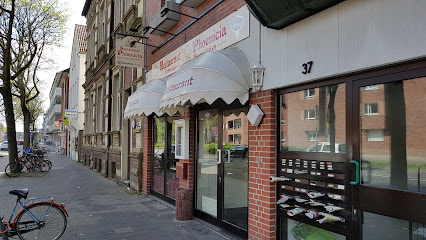
Auf Messers Schneide
31.2 km
Experience culinary excellence at Auf Messers Schneide, Münster's premier steakhouse offering exquisite cuts and unforgettable flavors.

LeibesLust
31.3 km
Discover the authentic taste of Austria at LeibesLust in Münster - where traditional cuisine meets warm hospitality.

Little Martini
31.4 km
Experience authentic Italian dining at Little Martini in Münster, where delicious cuisine meets warm hospitality for an unforgettable meal.
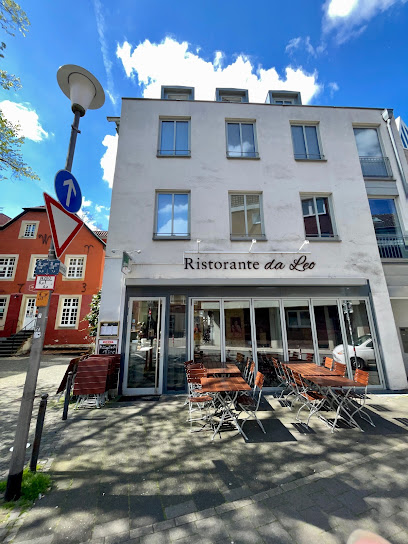
Il Teatrino Münster
31.4 km
Experience authentic Italian flavors at Il Teatrino Münster - where traditional cuisine meets modern flair in a gluten-free paradise.

Markets, malls and hidden boutiques
vielfachglück
31.5 km
Explore Vielfachglück in Münster for unique gifts and sustainable fashion, offering treasures that tell stories and celebrate creativity.

Unterwegs Münster Outlet Store & Kids
31.5 km
Discover top outdoor gear for your adventures at Unterwegs Münster Outlet Store, perfect for families and enthusiasts alike.

dein kreativregal
31.5 km
Explore dein kreativregal in Münster for unique handmade gifts and local crafts that capture the city's artistic spirit.
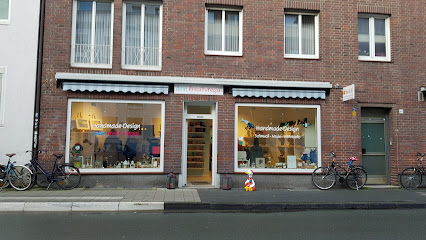
MuKK Kinderkaufhaus
31.5 km
Explore the magic of play at MuKK Kinderkaufhaus, Münster's premier toy store offering a vast selection of quality toys for children of all ages.

Wellensteyn Store Münster L-Store GmbH
31.5 km
Explore stylish outerwear and fashion at Wellensteyn Store Münster, where quality meets contemporary design in a vibrant shopping destination.

HIGH Münster
31.5 km
Explore HIGH Münster, a chic boutique offering unique women's clothing that blends elegance with contemporary fashion in the heart of Münster.
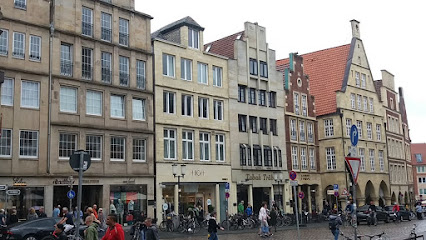
Kauf Dich Glücklich Münster
31.6 km
Discover unique fashion and delightful accessories at Kauf Dich Glücklich Münster, a must-visit clothing and shoe store for every style enthusiast.

Blutsgeschwister Münster - Madame Mimigern
31.6 km
Discover unique and vibrant fashion at Blutsgeschwister Münster, where creativity meets sustainability in the heart of the city.
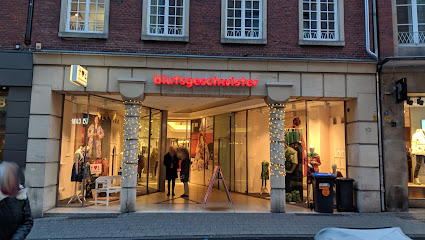
G-Star RAW Store
31.6 km
Discover contemporary fashion and quality denim at G-Star RAW Store in Münster, a must-visit destination for style enthusiasts.
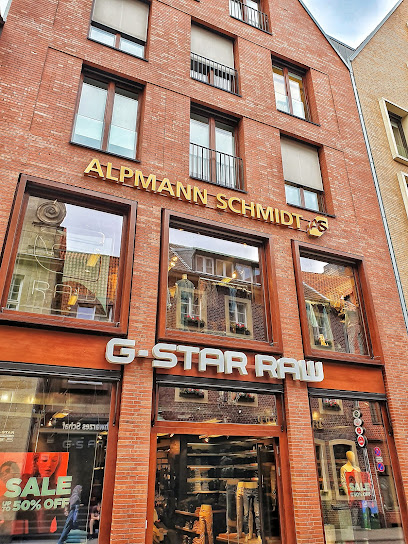
Mein Münster - Der kleine Laden
31.6 km
Discover unique fashion at Mein Münster, a charming clothing store that captures the essence of local style and culture in the heart of Münster.

Hollbach - The Store - Münster
31.6 km
Discover Hollbach - The Store in Münster for a unique blend of men's and women's fashion, showcasing quality clothing and stylish shoes in a vibrant setting.

Oxfam Shop Münster
31.6 km
Explore Oxfam Shop Münster for unique second-hand clothing, books, and accessories while supporting a global charitable cause.
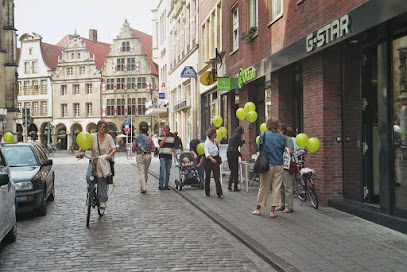
Wolford Boutique Münster
31.6 km
Discover elegance and luxury at Wolford Boutique Münster, the ultimate shopping destination for fashion enthusiasts seeking high-quality women's apparel.
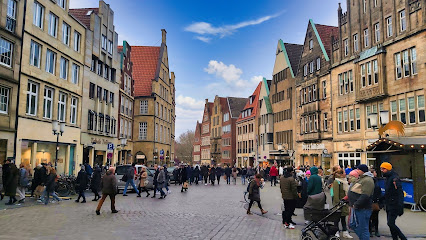
TK Maxx
31.7 km
Explore TK Maxx in Münster for unbeatable bargains on fashion and home goods, offering a unique shopping experience in the heart of the city.
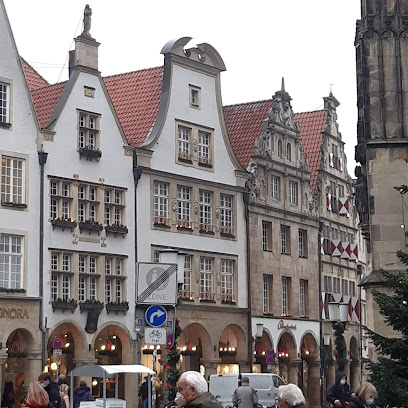
Primark
31.7 km
Discover the latest fashion trends at Primark in Münster, where style meets affordability in a vibrant shopping atmosphere.

Essential bars & hidden hideouts
Wohnheimsbar
18.0 km
Experience the vibrant atmosphere and friendly service at Wohnheimsbar, a must-visit bar in Rheine for tourists seeking local charm.
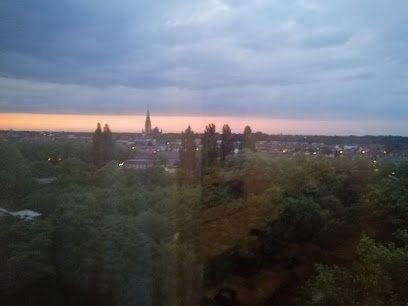
Anno Tobak Rheine
18.4 km
Discover the lively Anno Tobak Rheine, a local pub offering a taste of German culture, delicious drinks, and a welcoming atmosphere for all.

Trinke
18.4 km
Experience the vibrant nightlife at Trinke, Rheine's favorite pub, where locals gather for good drinks and great company.

Kenjoy Lounge cocktailbar Rheine
18.5 km
Experience the vibrant nightlife at Kenjoy Lounge, Rheine's premier cocktail bar offering creative drinks and an inviting atmosphere.

Fadi's Pinte
18.5 km
Discover Fadi's Pinte, a cozy pub in Rheine offering a superb selection of drinks and a warm atmosphere for travelers and locals alike.

SunDays Cafe, Bar, Restaurant
18.5 km
Discover the lively ambiance and diverse menu at SunDays Cafe, Bar, Restaurant in Rheine, perfect for coffee, cocktails, and hearty meals.

Jacks
18.6 km
Discover Jacks Pub in Rheine: a cozy spot for locals and tourists alike, serving delightful drinks and authentic German cuisine in a vibrant atmosphere.

Scum Bar
18.6 km
Experience the lively spirit of Scum Bar in Rheine, where friendly vibes, great drinks, and memorable nights await.

High Five
18.7 km
Experience the vibrant nightlife of Rheine at High Five, the ultimate karaoke bar and restaurant for unforgettable fun and delicious food.

Yessss.music
18.8 km
Experience the vibrant nightlife at Yessss.music, Rheine's premier bar and pub, where great drinks and music come together for an unforgettable evening.
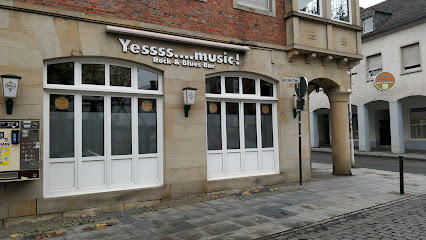
The James
31.4 km
Discover Münster's vibrant nightlife at The James, where exceptional guest beers and cocktails await in a stylish setting.
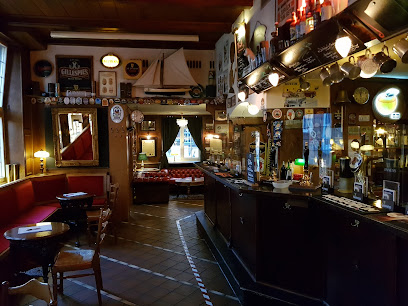
Heile Welt
31.4 km
Discover Heile Welt in Münster - a cozy bar offering a vibrant atmosphere, diverse drinks, and unforgettable nights in the heart of the city.

Davidwache
31.4 km
Experience the lively nightlife of Münster at Davidwache, where great drinks and vibrant atmosphere come together for an unforgettable evening.
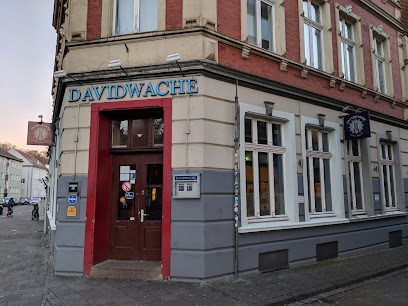
Alter Ego - Münster
31.4 km
Experience the vibrant nightlife of Münster at Alter Ego, a bar known for its eclectic drinks and welcoming atmosphere.

Barzillus - Münster
31.4 km
Experience the vibrant nightlife of Münster at Barzillus, a cozy pub with a rich selection of drinks and hearty snacks in a warm atmosphere.




